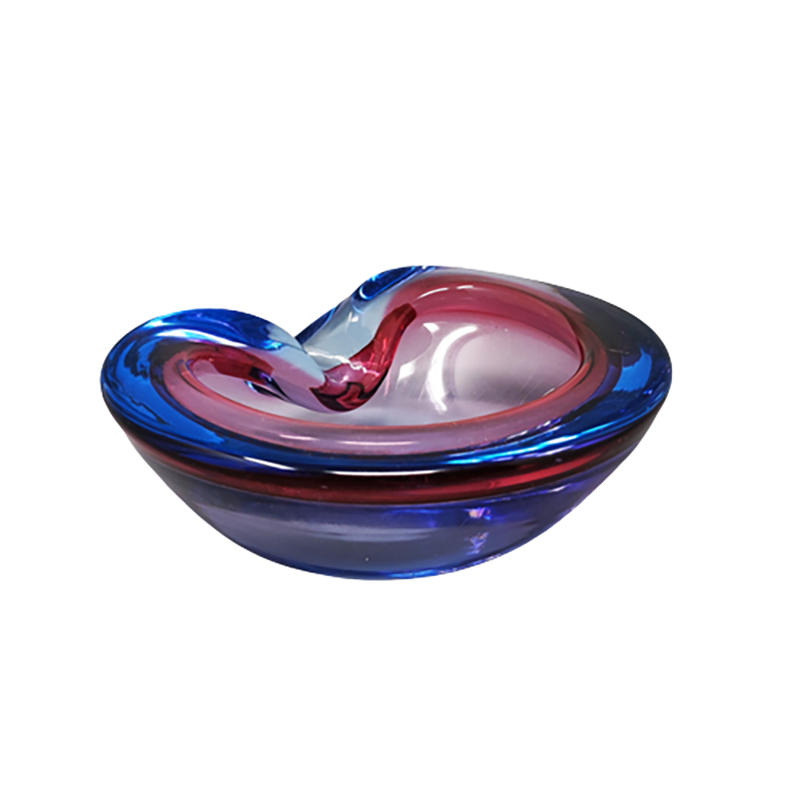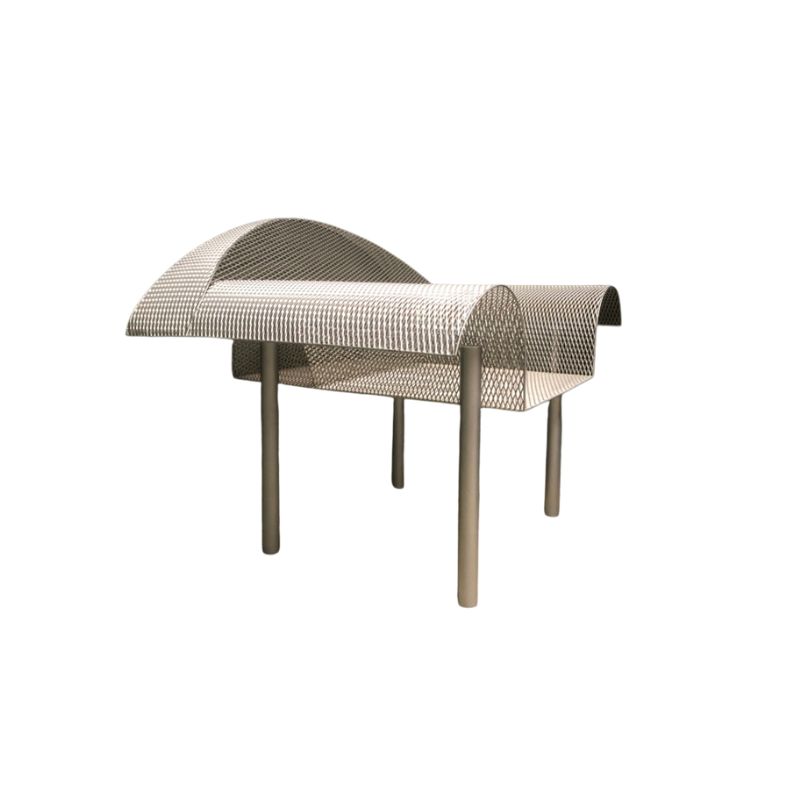For Olive: Part 2
This was all a design choice Mercedes made. They couldn't use big engines to compete with because gas was scarce and expensive for all marques. Roads were in ill repair, so long travel, independent suspensions that gave better ride and helped the car's structure last longer were designed in. Europe soon after WWII didn't have unlimited resources to keep stamping out replacement cars every two years, so Mercedes built long lived cars and tried to make their money both on a premium up front and repair parts revenue streams over time. No doubt, certain things were designed to go out to keep the register ringing, but most of the car was designed to last. It made good business sense at the time. It satisfied European consumer tastes that had long been accustomed to quality over quantity. And in other markets, where shorter product life cycles were designed in, it gave Mercedes an image of excellence well in excess of other cars. Mercedes was not alone either. Other Euro brands like Volvo followed a similar strategy serving a slightly less affluent consumer segment.
Now, compare these old Mercedes to the new ones. The new ones are superior performers in every quantifiable way on the road: faster, better handling, quicker stopping, quieter, fabulously sophisticated electronically, interiors designed to provide every kind of creature comfort imaginable. And yet the new Mercedes do not feel as if they were carved out of a single piece of steel anymore. They do not run forever anymore. They are stupendously expensive to fix. Their electronics are incredibly problematic. They deaden much of the mechanical feel of the car. The electronics probably don't go haywire any more than the old cars did (they may even be more reliable this way), but when the electronics do go they often make the car undriveable. Part of the wonder of old Mercedes was that the car seemed to keep running regardless of whether the electronics worked or not.
For Olive: Part 3
I drove a 1980 300 TD wagon from 150k miles when I bought it to 300k miles when I sold it with nothing on the dashboard working at all except heater, airconditioner and headlight (the trip meter was my gas gauge). And despite being a diesel it was easily the most pleasurable, engaging, dignified, versatile, beast of burden (dressed down in Europe they were used by tradesman as pickup trucks) I've ever driven. To perhaps belabor my point, the only problem affecting driveability that I ever had with that car was that it occassionally wouldn't turn off. I'm not joking. Diesels can have that problem. The car was not so much designed to a superior standard as it was designed to a different standard. It was designed to keep going nearly forever, if you maintained it, and to give you a tremendous sensation of quality and durability and value for money. A new Mercedes is designed to be the most refined disposable car in the world. In short, its designed much more like a Lincoln, only it is aimed at a target market with more money. It is probably not even as durable or reliable as a Honda Accord.
While it is true, I want a new Mercedes, because its goes like stink and is luxurious and handsome. I actually prefer an old Mercedes (which is a good thing, because that's what I can afford these days), just as I prefer the old Griswold cast iron skillets. In the most deeply gratifying aspects of owning a car and a skillet (excellence of function, durability, tactile qualities, looks, and value for money), the old is, to my tastes and reason, just flat better than the new in these two cases.
But of course tastes and reason have changed dramatically over the last 50-75 years since these desirable old Mercedes and Griswolds were made for people who would pay for their virtues, if they had the money.
Today, the government/industrial/security complex's agenda for the kind of people they wish to govern, produce for, and coerce have changed. Alot of evidence suggests that as government and business and security organizations have grown exponentially in size and power the last 50 years, they have made a conscious effort to socially engineer a less well educated, more easily propagandized, more easily satisfied and more easily marketed to population. In turn, they have tailored the educational indoctrination process and the propaganda saturation of the population by mass media to yield an individual that is almost utterly lacking in geographic awareness, highly receptive to suggestion, and completely lacking in any formal logic training that might assist that individual in making choices that served their own self interest over the interest of the organizations that have ordered their lives from early childhood to old age.
For Olive: Part 4
In turn, manufacturers find themselves constrained to produce for consumers that increasingly resemble hypnotized automatons with attention spans and logical analytic skills and impulse control of a four year old.
Of course, the manufacturers have to spend such vast sums of money telling these hypnotized automatons what to want to consume, and have to do so in such childishly simple conceits (however fiendlishly and cleverly they may be executed), that the products that will satisfy these hypnotized automatons decreasingly bares any resemblance to something that a rational adult with a prudent sense of personal and civic responsibility, some refinement in taste and a sense of value for dollar might prefer.
This in turn makes it very difficult for designers to do authentic work. Why? Because in this kind of a society, the product itself has become a part of the propaganda function. A skillet, or a car, or a bed, or any other consumer good in this society are increasingly indistinguishable in purpose from the commercials that sell them. Both the products and the commericals are reduced to content for what the Wachowski Brothers (if in fact two Wachowski brothers actually exist) call The Matrix. For those who do not like Scifi, The Matrix was a movie metaphor for the increasingly seamless realm of products and product messages encapsulating us and engineering us into being ever more encapsulated by the products and the product messages. Elegant circularity in our outside world as seems to be going on in the circular inner worlds of the ideologues that rule much of our world at present.
I'm probably making your head hurt here, Olive, but sometimes you have to take the red pill (or was it the blue one?) to get behind the matrix, as the movie suggested, so indulge me just awhile longer before dragging out the ibuprofen.
Once upon a time in a world long, long ago (well, actually not so long ago), persons bought products to free themselves up to do more and be more of what they wanted to do and be. In that time and place, the product was a tool for a human to use, not unlike the leaf a chimp folds up to get sap and ants out of a crevasse in a log for sustenance, or even more simply to drink what water collects from folding a dew covered leaf. You design me a toaster and I toast bread and it improves my life. Yes, it makes me a little dependent on bread makers, but that's okay because they get a little more dependent on me too. I begin to be a known human being to you AND the breadmaker.
For Olive: Part 5
But the information age fundamentally changes this model (at least if we continually let it). The information age is not about me, or about you or about the breadmaker, or about the toaster, or the bread oven, or about any of us getting to know each other as human beings in commerce. The information age is about itself (certain epistemic communities like DA being exceptions to the rule, though what I type here is inescapably reduced to ones and zeros and used for content in a pipe that I am essentially raw material for). Whatever else the information age MAY be about, it IS about reducing everything to zeroes and ones and treating everything as part of a system whose currency IS zeroes and ones. (Even money in this system is reduced to zeroes and ones. This is no conspiracy either. This is just the effect of the technological capability of an information age. It can happen so it is happening. And if history teaches anything (at least the unprocessed history one finds when one occassionally slips behind the matrix) it teaches that anything that can happen technologically usually does happen and keeps happening until the next technological paradigm shows up to prevent it.
So: I think design has become (temporarily at least) irrelevant partly because the information age has the tendency to make products, product messages, and human being irrelevant in a traditional sense; that is, in the sense of these things being ends in themselves. In the information age, the products, the product messages, the designers, the consumers, every thing is raw material of the information matrix.
Now, don't jump off a bridge, Olive, or react by thinking that this is paranoid rambling. Something quite similar happened for a time in the industrial age and probably in every age in history when a new transcendant paradigm emerged.
For Olive: Part 6
In the industrial age, for a good long time human beings became reduced to labor, a raw material of manufacturing. The universe was thought about as a machine. Everything was a market. We existed as either producers or consumers. We fought wars to see who would control this industrialized world and its raw materials--essentially to see who would get to control of (and so benefit from) the subjugation of humans beings as labor.
Before the industrial age, I suppose there was the age of property. Property rights were a serious pardigmatic leap for humanity. Think of it. Before property rights, everybody had to contend with everybody for everything. Then one day, poof (more likely an incremental eon), someone agreed to give you the right to this, if they could have the right to that and you both could have the right to keep other people from using both your properties. It wasn't long before people were viewed as property--property of the sovereign. Some people owned the property rights to themselves and some people, slaves, had their property rights owned by other people. Property rights, at least in some rudimentary form or other, go back at least to classical antiquity where there were slaves.
What I'm trying to say here is this: humanity periodically develops the hammer of a new paradigm and then runs around thinking everything looks like a paradigmatic nail. In the age of property everything looked like property. In the industrial age, everything looked like a factor of production--capital or labor.
In the information age, everything is being subsumed into information. A gloomy and perhaps frightening prospect is that products and product messages and people will increasingly be treated less and less like products and product messages and people that are ends in themselves worth being developed to their best possible capacity for their own purposes, and more and more like information packets in a network to be exploited as hits. In the information age, the web hit is king--at least for now.
For Olive: Part 7
Now in each age I've referred to above, good men and women have preserved the wisdom of enlightenment from the corrosive forces of the then dominant paradigm reshaping civilization. The Irish monks preserved much of the knowledge of ancient Rome in the West of Ireland. Knowledge of representative government has had to be preserved in periods of totalitarianism, theocracy, and other oligarchies. Craftsman have often kept certain skills alive when they weren't profitable for a time when they might be valued again. Heck, monks had to keep religion alive when paganism and, yes, even my beloved rationalism, ran amok (and everything runs amok if it becomes popular enough).
I see koen and people like him at this time and date as acting vaguely like the monks of western Ireland. Consciously or not, he is trying to keep some of the enlightenment of design in the last century from being overwhelmed by this paradigm shift to the age of information in which products, designers, product messages and people become increasingly just the information packets and website hits of the information age. He is trying not so much to save, or recycle, modernism or post modernism, as he is save the knowledge and thinking skills that produced the best of both. He seems to understand that enlightenment stands on the shoulders of thousands of generations of thinkers and doers; that it is both perishable and preservable--in good times and in bad.
He and/or others will likely succeed in keeping the enlightenment alive and transmitting it to the next generation. Humans always do somehow or another. What we cannot say with any certainty is whether he and others like him can stem the tide of the information age and find a way for the enlightenment of design to flourish within the information age, or whether the enlightement of design will, like representative government, and scientific enlightenment, and social progress perhaps have to go underground for a time to survive and flourish in a later era. That he and others succeeded in keeping it a living breathing part of the information age is my greatest wish.
For Olive: Part 8
In the 1930s, people thought that democratic capitalism of the industrial age and the enlightenment it harbored within it were on the verge of eclipse. Yet it rebounded from the precipice of a totalitarian abyss and flourished for several decades.
Alas, we seem to be teetering on one of those precipices again. Everywhere we look, things that decent, rational men and women know in their minds AND their hearts are being devalued and/or corrupted and destroyed. It is not surprising that in such a time design would struggle for relevance. Many great designers had to leave Germany before and after the near dark age of Nazi Germany. Arts and sciences often are split asunder by drifts into tyranny. The portions of them that can be appropriated and exploited by the new paradigm and the tyrrany that sometimes rides the fears of that new paradigm's changes to power, are coopted. The rest are often driven out by fear and persecution.
I argue FOR designers to dig as deep as possible through their work to tap the living root of their cultural and design legacies at this time precisely to subvert the subsuming of design by the information age.
However, sticking slavishly to midcentury modernism in the onslaught of the information age would be as foolish as continuing to make buggy whips in the industrial age after the arrival of the car. What I'm talking about here is preserving the enlighenedt knowledge and techniques of design, not a style it once produced. With this knowledge and these techniques, and with a committment not just to expose, or ironically comment on the information matrix, but to get behind and make artifacts that exceed the sum of their ones and zeroes, I am convinced the designer can still produce artifacts that serve humanity and not just the infrastructure of the information age.
Magnum Opus!
Phewf! Are your fingers cramped, DCW? That was quite a epistle! But, somehow, I must admit that your viewpoint encourages me. Since meeting Koen, I too have had the notion that he is a sage guildmaster holding the value of true design safe from the onslaught of infomercials! I think now that I read your words that I do value certain old things for precisely what you say, that they are so perfect for their tasks. My cast iron skillet was a wedding gift to my grandmother in 1935. Since this was mid-depression, it was not new when it was gifted. It had belonged to my Swedish great grandmother. She gave it to her youngest son's bride right out of her own kitchen, just as my gandmother did for me when I got my first apartment. How can I not want to keep it? The history is too strong, yet I wouldn't keep it if it was useless and that it certainly isn't. My connection to the objects value comes from both it and its history. I feel the same way about some of the other old things in my home. Most of them I use because I always have and so did my Mom and her Mom, etc. My mixing bowls are early Pyrex milk glass, again a wedding present, this time to my Mom. The sound of them clan king against each other has been the sound of cooking my whole life. I most definitely could have afforded to replace them over the years, but why? They work great. This kind of thinking is what the current technocracy hates. The pound is with buy, buy, buy, throw away, throw away, throw away! Try this new amazing product! It's cool, you'll look so cool to your friends. Live the brand!! Be the brand!! Gads, I hate all that. I refuse to even wear clothing with visible logos. Well except for Levis. So somehow know that thereare others out ther ethinking the same things makes me feel better and less anti-social. I'm looking forward to the time when a new paradigm hammer comes along. It'll be fun watching it bang a few of the information age nails
If you need any help, please contact us at – info@designaddict.com










